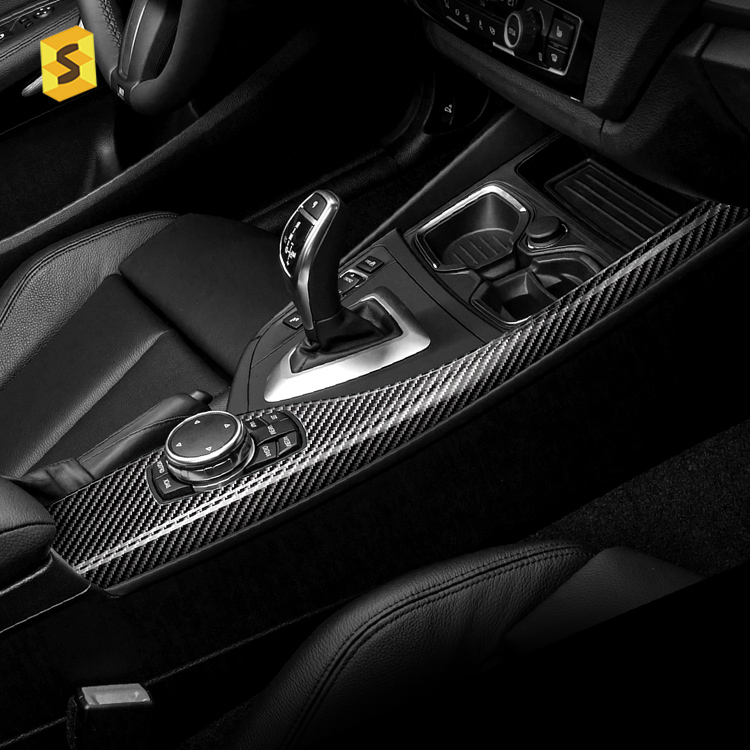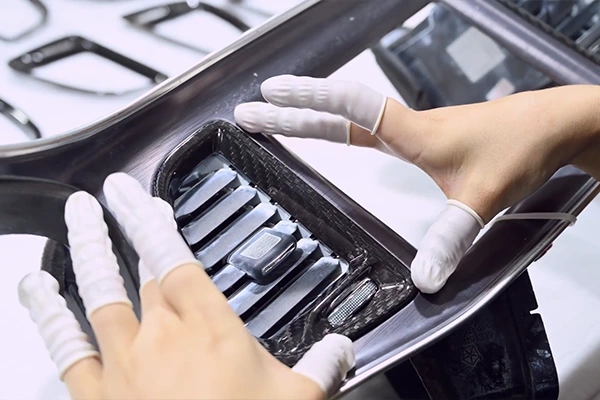
Source: Trend Hunter
Nowadays, new materials such as carbon fiber and glass fiber are increasingly applied in automobile production. Choosing the right car part manufacturer is a key step in improving the quality of the cars. As a carbon fiber car part manufacturer, Shasha Carbon Fiber is famous for its industry-leading design and manufacturing capabilities in producing carbon fiber car parts.
This article will briefly discuss carbon fiber and fiber glass, and then compare their difference in the strength, elasticity, weight, heat resistance, chemical resistance, and cost.
What Is Carbon Fiber
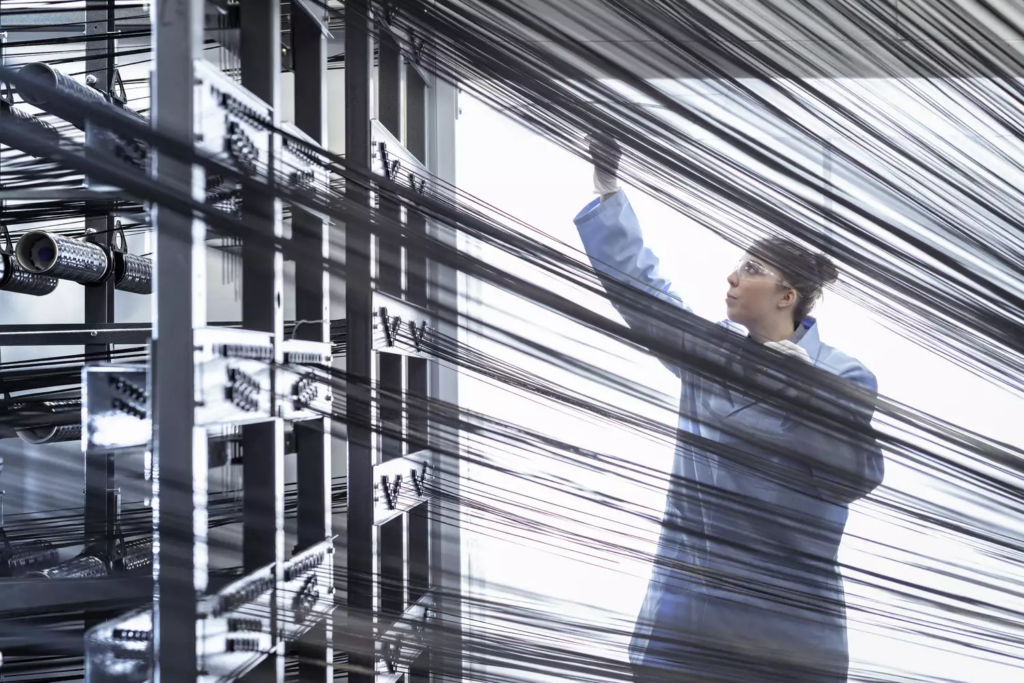
Source: Monty Rakusen / Getty Images
Introduction
When watching an auto show or a car race, audiences will often hear carbon fiber car parts, carbon fiber car exterior, or carbon fiber car interior” introduced by the host. Carbon fiber is a composite material that is widely used in automotive manufacturing. As production technology becomes more advanced, more and more carbon fiber car part manufacturer begin to provide carbon fiber car parts such as rear view mirror cases, interior door panels, door handles, shift bars, racing seats, air kits, etc.
Carbon fiber is considered as the king of new materials in the 21st century. It is a kind of filamentous carbon material obtained by carbonization and graphitization of organic fibers. The diameter is usually 5-10 microns with a carbon content of more than 90%. Carbon fiber can be divided into small bundles and large bundles according to the number of fibers.
Generally speaking, small bundles have less than 24K carbon fiber bundles, while those with more than 24K are large bundles. 1K is the equivalent of 1,000 wires in a bundle of carbon fiber.
In terms of professional carbon fiber car part manufacturer, Shasha Carbon Fiber is committed to become the most excellent carbon fiber product supplier in the automotive aftermarket with top-notch technology to satisfy consumer demand. Partners of Shasha Carbon Fiber have access to enjoy the professional design and engineering support. The core value of the company is to provide consumers with the highest quality carbon fiber products and the most satisfactory one-stop-shop purchasing experience.
Common Applications
Carbon fiber has high electrical conductivity (volumetric impedance) as well as excellent EMI shielding properties. Due to these features, CFRP (carbon fiber reinforced plastics) are applied into the field of EMI shielding. CFRP is superior to steel or glass fiber reinforced plastics (GFRP) in terms of specific tensile strength and specific elastic modulus (specific stiffness).
Carbon fibre is an important component of many products and new applications are developed every year. Carbon fiber reinforced composites are often used in the automotive and aerospace industries, sports and many other components that require light weight and high strength.
Carbon fiber has a strength index, which is graded according to tensile strength. Common types of carbon fiber are T300, T400, T700, T800, T1000. Products of T300 are mainly for ordinary civil use, and products of T800 and above are mainly used in the military space field. Common uses of carbon fiber range from fishing rods and bicycle frames to high-end automobile components and aeronautics and aerospace industries.
The carbon fiber market is expected to reach a value of more than $8.9 billion by 2031. The number is indicative of the wide use and popularity of carbon fibers. Carbon fiber and glass fiber are both high quality fibers that can enhance engineering grade products when used in 3D printing.
What Is Fiber Glass
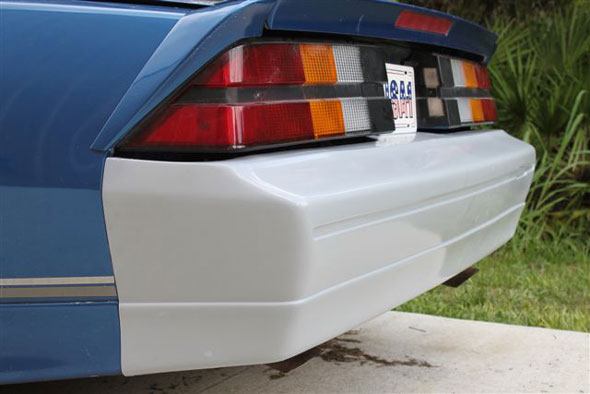
Source: American Sports Car
Introduction
Fiber glass, also called glass fiber, is a kind of inorganic non-metallic material with excellent properties, widely used as industrial material these days. The art of spinning glass yarns to make fabrics is very old, dating back to 1713. Glass is the oldest, and most familiar, performance fiber. Fibers have been manufactured from glass since the 1930s.
Fiber glass is made from extremely fine fibers of glass. The base ingredients of glass fibers are forms of silica, mainly sand, limestone, stone ash and borax. To make glass fibers, the glass is heated until it is molten and then forced through ultra-fine pores, resulting in a very thin glass filament. Monofilaments range in diameter from a few microns to more than twenty microns, equivalent to 1/20-1/5 of a human hair. Each bundle is made up of hundreds or even thousands of monofilaments.
Fiber glass is a lightweight, extremely strong, and robust material. Fiber glass is slightly less strong and less hard than carbon fiber, but the material is usually less brittle and the raw materials to produce fiber glass are much cheaper. When compared to metals, the bulk strength and weight of fiber glass are also very favorable.
Glass fiber products are categorized into four major groups: chopped strands, direct draw rovings, assembled rovings, and mat products.
Common Applications
Fiber glass is usually used as reinforcement materials, electrical insulation materials and thermal insulation materials when manufacturing composite materials. Once the glass fibers are woven together, different resins can be added to increase the strength of the product, which allows it to be molded into a variety of shapes.
Various manufacturers produce different types of glass fibers for different end uses. Common items made from fiberglass include home furnishings fabrics, apparels and garments, tires, sports equipment, car exterior parts. Since fiber glass is lightweight and durable, it is an ideal material for more elaborate applications, such as circuit boards.
Comparing Carbon Fiber vs. Fiber Glass
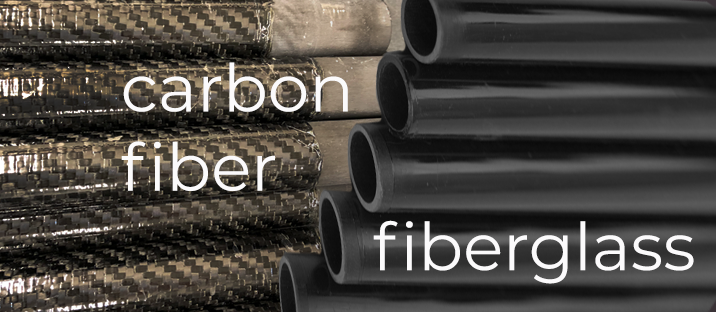
Source: Goodwinds
Carbon fiber is often confused with fiber glass. Even though there are similarities in manufacturing and some crossover in end products like furniture and automobile moldings, they are different.
Fiber glass vs. carbon fiber, which is better overall? It is pretty hard to give a precise answer to this question because it depends on the applications and properties. In some areas, for instance, aerospace manufacturing, carbon fiber surpasses fiber glass. However, when it comes to insulation, fiberglass is the ideal choice.
Strength
Carbon fiber is a composite material that is both strong and lightweight. Carbon fiber and fiber glass are substantially stronger than steel, but carbon fiber is more than twenty percent stronger than fiber glass and its strength to weight ratio is roughly twice that of fiber glass.
Carbon fiber is more brittle than fiber glass. Fiber glass is less rigid than carbon fibers because the former material is designed with multiple tiny glass shards, which makes fiber glass less useful in applications where rigid material is significant.
Elasticity
If stiffness and rigidity should be taken into consideration, carbon fiber is the preferred material because it is substantially less flexible than fiber glass. The tensile modulus of carbon fiber is four times that of fiber glass. It means that fiber glass would bend and take more strain without breaking.
Weight
Both carbon fiber and fiber glass are remarkably lighter in weight when they are compared to metals such as steel and aluminum.Typically, carbon fiber weighs about 15% less than fiber glass components.
Because carbon fiber and fiber glass can be helpful to realize minimal weight, they are frequently used in applications like aerospace or car racing.
Heat Resistance
Carbon fiber has a low heat expansion ratio and high dimensional stability, maintaining its mechanical pperformances even in high temperature regions. Fiber glass products may expand in the heat or contract in cold temperatures while carbon fiber can be better adapted to extreme heat or coldness. However, there are certain glass fibers that can resist heat upto 7200oC.
Carbon fiber has a negative coefficient of thermal expansion. However, the matrix in carbon fiber carries a positive coefficient of thermal expansion. The two features typically offset one another for an overall coefficient of thermal expansion close to neutral.
Chemical Resistance
Resistance to harmful elements is one area where CF and fiberglass have similarities. Either carbon fiber or fiberglass is quite resistant to harmful chemicals, corrosion, acid, and abrasion. If your applications have to be exposed to these environments, it is good news to have such good chemical resistance.
Cost
As a rule, fiber glass is more cost-effective as compared to its carbon fiber counterparts. Production cost would be one of the drawback of carbon fiber. Therefore, fiber glass is used in a wider range of applications than carbon fiber.
It is not easy for carbon fiber to realize mass production. It’s more of an intensive and time-consuming process to manufacture carbon fiber than fiber glass. The manufacturing process of carbon fiber should be more organized and involved, and there are fewer established producers of carbon fiber.
Conclusion
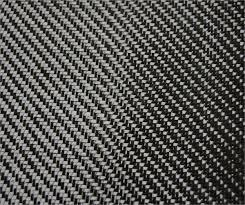
Source: Notchtex
To sum up, both carbon fiber and fiber glass have advantages and disadvantages in different aspects. Each type of fibers varies in its properties such as strength, elasticity, weight, heat resistance, chemical resistance, and cost so different materials can be interchanged in certain aspects of industry depending on the circumstances.
Consumers have to take the properties of steel into their consideration when purchasing. There are many factors to consider when choosing carbon fiber and fiber glass. Sometimes consumers also need to take the manufacturer and supplier into account.




